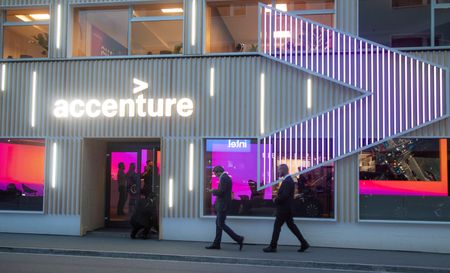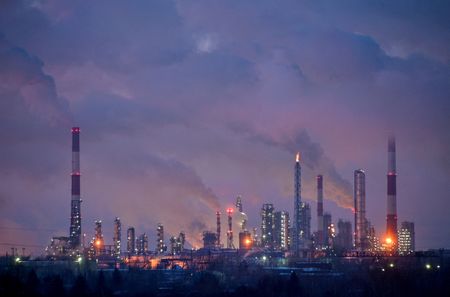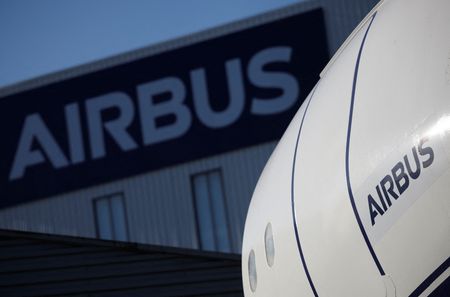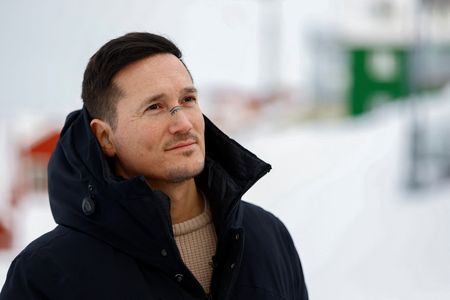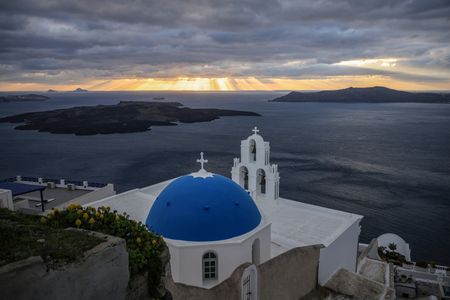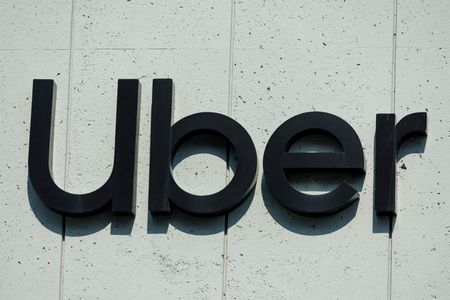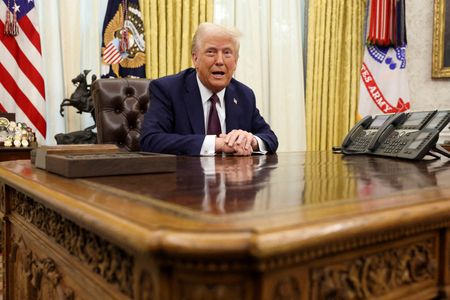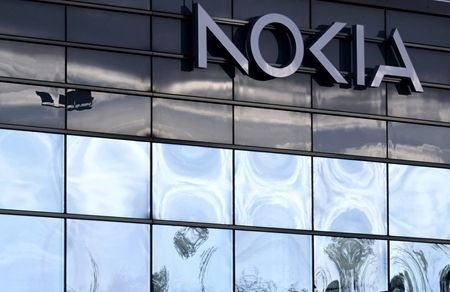By Trevor Hunnicutt and David Brunnstrom
WASHINGTON (Reuters) -U.S. President Donald Trump welcomed Japanese Prime Minister Shigeru Ishiba at the White House on Friday and said the two countries would work to cut Washington’s trade deficit with Tokyo amid escalating trade tensions threatening to rupture the global economy.
At a news conference after their talks, Trump announced progress on Nippon Steel’s blocked $14.9 billion attempt to take over U.S. Steel, which he has long opposed.
Trump said Nippon was now looking at an “investment not a purchase,” and added, “I’m okay with that, sure.”
Ishiba, after his first meeting with Trump, said he had conveyed a willingness to cooperate to raise Japanese investment in the U.S. to $1 trillion. He highlighted investment plans by Japanese firms Toyota and Isuzu as well as for Japan to increase imports of U.S. liquefied natural gas.
As the two sat together in the Oval Office, Trump told reporters the countries would work together to get U.S. trade deficit with Japan down to “even” from its current level which Trump put at $100 billion.
“Should be pretty easy to do,” he said. “I don’t think we’ll have any problem whatsoever. They want fairness too.”
According to latest U.S. trade data, Japan’s 2024 goods trade surplus was $68.5 billion compared with $71.6 billion in 2023.
Trump, whose first three weeks in office have shredded norms and shaken foreign capitals from Ottawa to Bogota, has taken a more conventional approach to Washington’s longstanding Asia-Pacific allies, including Japan, South Korea, Australia and the Philippines.
“After our meeting today, I’m confident that the cherished alliance between our two countries and others also will continue to flourish long and into the future,” Trump said.
He said he would announce reciprocal tariffs on many countries next week.
Asked if Japan would also be targeted, Trump said: “We’re going to have tariffs, mostly reciprocal tariffs … and I’m going to be probably meeting on that on Monday … that’s the only fair way to do it.”
Asked about the possibility of tariffs, Ishiba stressed the “unprecedented” Japanese investment target in the U.S., which he said would create many jobs. He said he was “unable to respond to a theoretical question.”
In a joint statement, Trump and Ishiba addressed China’s pressure on Taiwan and on Japanese claims in the East China Sea, saying they opposed any attempts to unilaterally change the status quo by force or coercion.
They also rejected what they called China’s unlawful maritime claims “and threatening and provocative activities in the South China Sea.”
In the statement, they confirmed the intention to upgrade command and control frameworks of U.S. and Japanese forces and to increase their bilateral presence in Japan’s Southwest Islands.
They expressed concern about and the need to address North Korea’s nuclear and missile programs and reaffirmed their commitment to the complete denuclearization of North Korea. They also stressed the need to deter and counter North Korean cyber activity and increasing military cooperation with Russia.
The statement said the leaders had agreed to increasing exports of U.S. liquefied natural gas and Trump said this would begin soon, in record amounts.
The statement said Trump had accepted an invitation to visit Japan “in the near future.”
Trump’s early fight with China over synthetic opioids and warnings of tariffs against other countries – Japan included – have threatened to disrupt commercial relations in Asia and beyond.
Trump put a 10% tariff on all imports from China in what he called an “opening salvo” in a clash between the world’s two largest economies, sending consumers and businesses scrambling to adjust.
Japan is especially trade-dependent. A major exporter, it counts on imports for much of its food and natural resources, and many of its firms are deeply invested in and reliant on China.
Regarding China, Tokyo shares the hawkish outlook of Trump’s national security team over Beijing’s global ambitions and extensive territorial claims in Asia, including the vital chip-producing island of Taiwan.
At the same time, Japanese officials are wary of possible efforts by Beijing to court the U.S. president with promises of cooperation on key global issues, including trade. Trump spoke to Chinese President Xi Jinping days before taking office and has said he will discuss tariffs with him soon.
Japanese officials speaking privately said they were comfortable dealing with Trump’s China hawks, including Secretary of State Marco Rubio and national security Michael Waltz, but less so with those in the administration with strong business ties with Beijing, such as billionaire Elon Musk, who has developed a significant Washington power base.
Trump was close with the late Japanese Prime Minister Shinzo Abe but has no relationship with Ishiba, who took office in October. Analysts said the early White House visit for Ishiba is a promising signal.
(Reporting by Trevor Hunnicutt and David Brunnstrom in Washington; Additional reporting by Tim Kelly and John Geddie in Tokyo and Ryan Jones in Washington; Editing by Gerry Doyle, Alistair Bell and David Gregorio)




